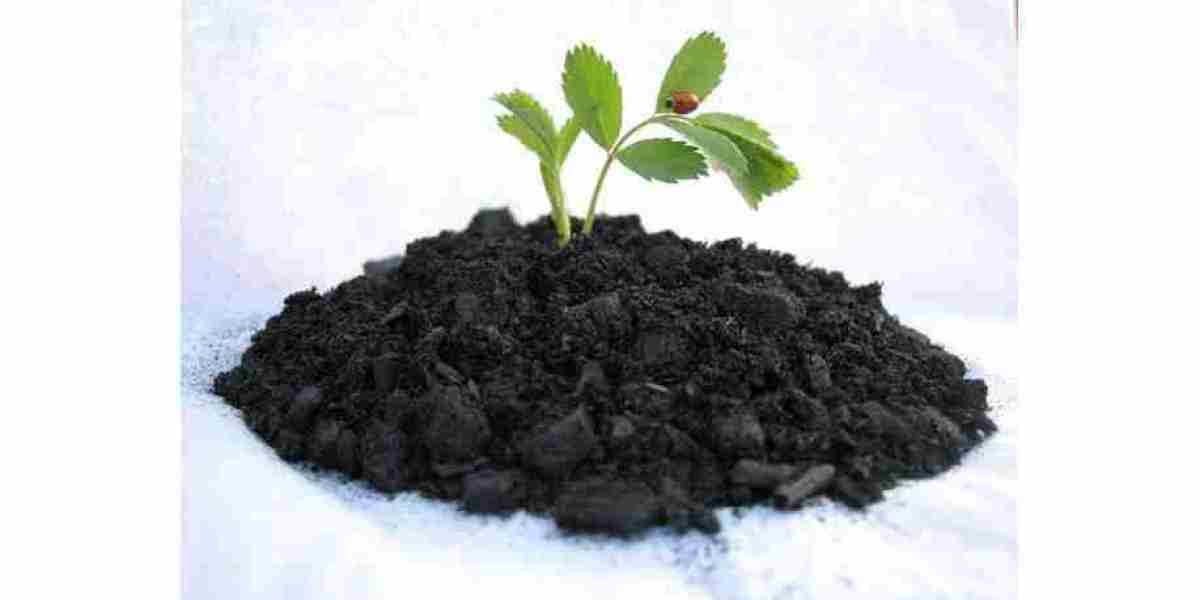The biochar market is gaining traction for its dual benefits in waste management and bioenergy production, aligning with global efforts to achieve sustainability and reduce environmental impact. Biochar, produced through the pyrolysis of organic waste under low oxygen conditions, offers an efficient way to convert biomass residues into a valuable product while simultaneously generating renewable energy. These attributes make it a pivotal solution for tackling waste challenges and fostering the transition to a circular economy.
Transforming Waste into Resource
One of biochar’s most significant contributions lies in its ability to utilize agricultural residues, forestry waste, municipal solid waste, and other organic byproducts as feedstocks. This process not only addresses waste disposal issues but also provides a sustainable alternative to traditional landfill practices and incineration, which are often associated with greenhouse gas emissions and other environmental hazards.
For instance, agricultural byproducts such as crop residues, husks, and animal manure, which are typically discarded or burned, can be converted into biochar. Similarly, urban areas dealing with mounting organic waste from households and industries are exploring biochar production as a solution to reduce landfill volumes and methane emissions. Forestry waste, including wood chips and sawdust, is another key feedstock that has found a second life through biochar production.
The waste-to-biochar process not only minimizes waste accumulation but also creates a product that can be applied in various industries, including agriculture, water treatment, and construction.
Supporting Bioenergy Production
Biochar production is intrinsically linked to bioenergy generation. The pyrolysis process that creates biochar also yields bio-oil and syngas, which can be used as renewable energy sources. Syngas, a mixture of hydrogen, carbon monoxide, and methane, is particularly versatile and can power turbines, generate electricity, or serve as a precursor for biofuels.
This co-generation of biochar and bioenergy provides an economically viable model for producers, reducing reliance on fossil fuels while offering a sustainable energy alternative. Governments and industries worldwide are investing in biochar projects to integrate waste management and bioenergy into a cohesive framework, especially in regions with high biomass availability, such as Asia-Pacific and Latin America.
Environmental and Economic Benefits
Biochar’s role in waste management and bioenergy production delivers several environmental benefits, including reduced greenhouse gas emissions, decreased reliance on non-renewable energy, and improved soil health when biochar is applied to agricultural fields. Economically, the process creates opportunities for value-added products from waste streams, enhancing profitability for industries and communities.
Challenges and Future Opportunities
While the potential of biochar in waste management and bioenergy is immense, challenges such as high initial costs, inconsistent feedstock availability, and limited awareness persist. Addressing these barriers through policy support, technological advancements, and public-private collaborations will be key to scaling these solutions globally.
Conclusion
Biochar’s integration into waste management and bioenergy production exemplifies its versatility and environmental impact. By turning waste into a resource and providing renewable energy, biochar is emerging as a cornerstone of sustainable practices, paving the way for a more circular and resilient economy.




